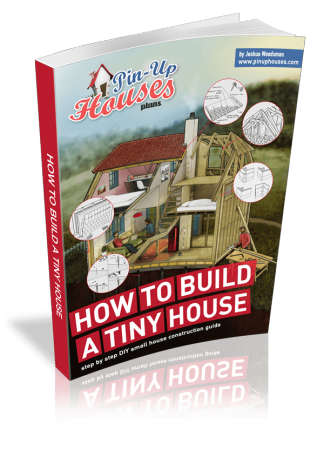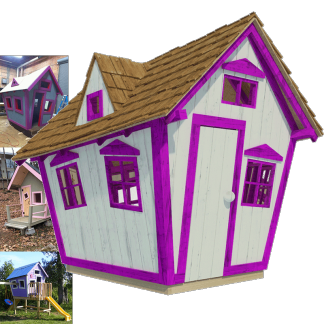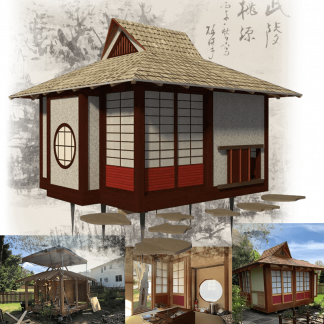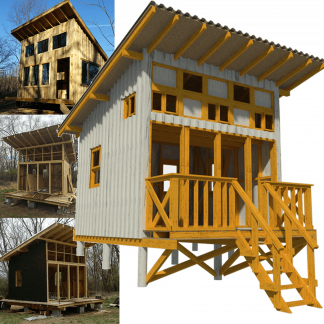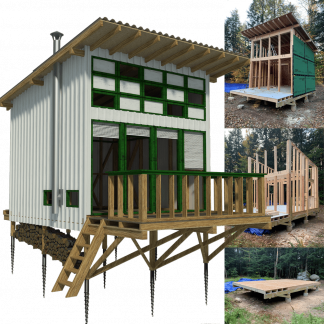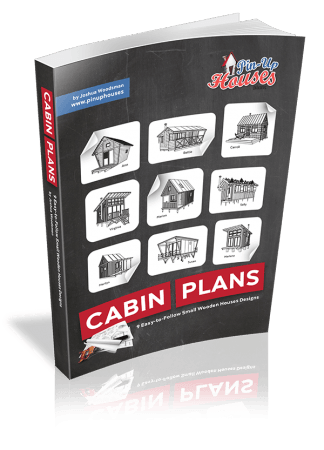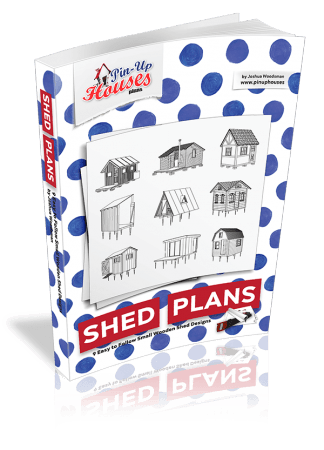
In a small home, every square metre counts—including how your doors open, close, and connect different spaces. The right door choice can make a room feel bigger, improve natural light, and help maintain a smooth layout—especially when space is tight.
Sliding, swing (hinged), and stacking doors are three of the most popular options used in compact homes today. Each has its pros and cons, and choosing the wrong one can limit how you use your space. Whether you’re designing a tiny house, upgrading a granny flat, or renovating a small home, this guide will help you understand which style works best—and why.
Let’s break down the best door styles for small homes, based on real layout considerations, smart design thinking, and everyday practicality.
Sliding Doors: The Space-Saver’s Favourite
Sliding doors are often the go-to choice in small homes—and for good reason. Because they move along a track rather than swinging open, sliding doors don’t eat into your precious floor space. This makes them ideal for tight hallways, compact kitchens, or areas where furniture placement is already tricky.
In compact homes, glass sliding doors are a smart solution for connecting indoor living to patios or balconies. Their large glass panels draw in natural light, making the room feel more open and less boxed in. This sense of flow is exactly what you want when trying to make a small area feel bigger than it is.
Sliding doors are also perfect for laundry entries, internal room dividers, or anywhere you need access without taking up extra space.
Tip: Opt for aluminium sliding door frames—they’re strong, lightweight, and have a slim profile that keeps the design clean and modern.
Swing Doors (Hinged): Traditional with a Twist
Swing doors—also known as hinged doors—are still widely used in small homes, especially for bedrooms, bathrooms, and front entries. While they need swing clearance to operate, smart planning can still make them work well in compact spaces.
French doors, in particular, offer a classic look with added function. These hinged glass doors help bring light into narrow rooms and can create a charming connection to the outdoors. When space allows, they’re an elegant option for small dining areas or garden access in granny flats or country cottages.
The biggest challenge with swing doors in small homes is furniture placement—if the door opens into the room, it limits where you can position beds, couches, or storage.
Tip: Choose French doors with full-length glass panels to bring in more natural light and make a small living area feel larger and more open—without needing structural changes.
Stacking Doors: Maximum Opening, Minimum Hassle
Stacking doors are a clever twist on the traditional sliding door. Instead of a single panel sliding behind another, stacking doors use multiple panels that neatly stack behind one fixed pane. This gives you a much wider opening—perfect for creating that seamless indoor-outdoor feel, even in a compact home.
They’re a great alternative to bifold doors, especially in narrow courtyards, patios, or decks where there isn’t room for doors to swing or fold outward. Stacking doors allow for full ventilation and unobstructed views without dominating your floor space.
In small homes, this means you can enjoy open-plan living, entertain with ease, and make a compact area feel much bigger—without compromising on practicality.
Tip: If room permits, choose a 3-panel or 4-panel stacking door to maximise your opening width without taking up valuable wall space. The more panels, the more flexibility you’ll have with airflow and access.
How to Choose the Right Style for Your Home
When floor space is tight, choosing the right door style can make a big difference. Start by looking at your layout—if you don’t have room for a door to swing open, a sliding or stacking option will be far more practical. On the other hand, if you’re working with internal spaces like bedrooms or bathrooms, hinged doors (especially glass ones) might still make sense.
Think about how you want to use the space. Do you want to let more natural light in? Share daylight between rooms? Connect your indoor area to the outdoors? Or just improve airflow without compromising privacy?
Also consider whether the door will be internal or external. External doors need to be secure, well-sealed against weather, and made from materials that handle heat, rain, and wind—like aluminium.
Tip: Draw a quick floor plan of your home and mark out swing zones. You’ll instantly see where sliding, stacking, or hinged doors make the most sense.
Conclusion
In small homes, the right door does more than open and close—it shapes how you live. Whether you’re trying to save precious floor space, boost natural light, or create a seamless link to the outdoors, choosing between sliding, stacking, or hinged doors can make all the difference.
Ross’s Discount Home Centre stocks a wide range of glass door options—from sleek sliding doors to practical stacking systems and classic hinged glass doors—all designed to work beautifully in compact homes and small-space renovations.


